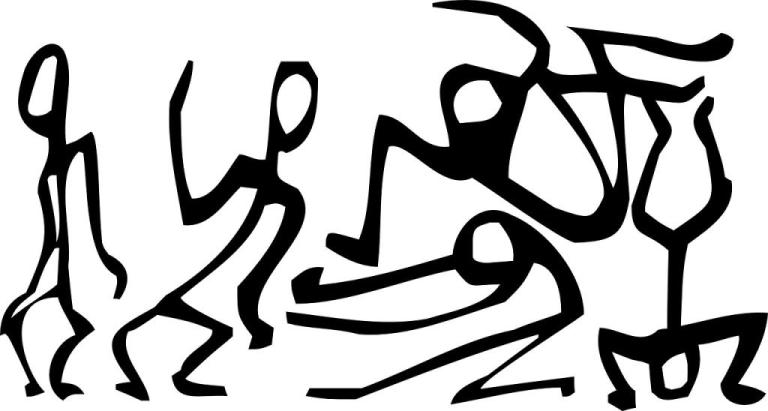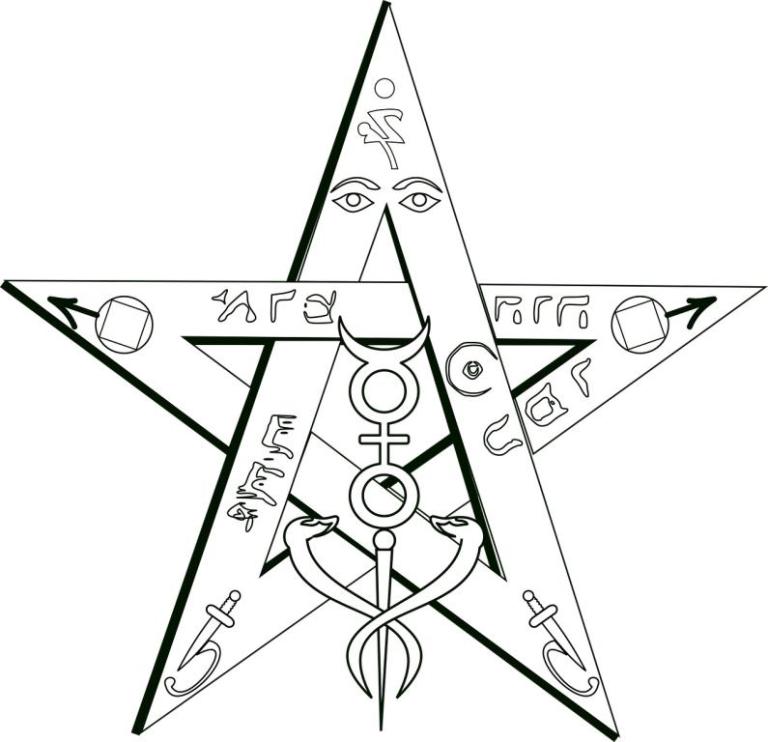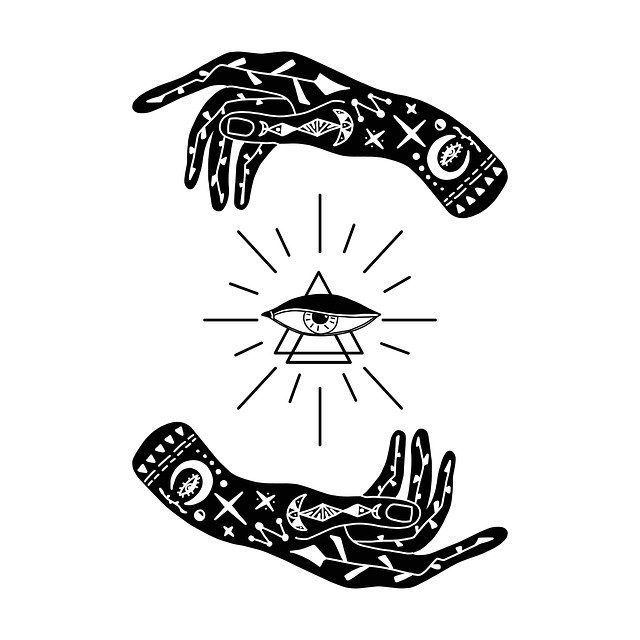
Back in May, Laura Tempest Zakroff tweeted something that legitimately made me laugh out loud:
Saw a dude exclaiming somewhere to someone else “you can’t make a sigil from symbols!” – Dude WTF do you think letters and numbers are?
Granted, Austin Osman Spare’s method of sigil-crafting is fairly synonymous with Chaos Magic, but sigils themselves have always been around, and they were in occult use millennia before Chaos Magic bounded onto the scene. And Spare’s method may work well for some people (including me), but it’s kind of hilarious that anyone would think it’s the only way to create sigils.
And it’s even more hysterical to think that any Chaote worth their salt would look at someone else’s indisputably fruitful practice and go, “Nooooo, you’re doing it wrong.”

Okay. So we’ve got this argument that sigils can only be fashioned in one manner. But on the other side, there’s the argument that sigils can only be fashioned in one manner, and it’s too hard.
In a Facebook group from which I’m banned for life that I normally don’t pay much attention to, someone once posted about Tempest’s book Sigil Witchery, and everyone else was like, “Ugh, finally, a convenient and effortless way to create sigils!” And I got more than a little apoplectic about that, for a couple of reasons.
First of all — and I’m being judgy here, and I own this — I hate the thought of self-described Witches sitting around and twiddling their thumbs while waiting for someone to spoon-feed them “easy” magic. And because I’m so action-driven when it comes to metaphysics, it makes me crazy when people turn up their noses at a particular approach, or write something off as too clumsy or cumbersome or whatever, instead of figuring out a way to make it work for themselves.

But also, the material Tempest presents is not easy: It’s a journey that encourages the reader to tap into their own creative abilities, and that involves trials and errors and starting over and pushing through blockages. It is not paint-by-numbers. And summing it up as an “easy” method does a huge disservice to the author, as well as to any readers thinking they’re getting into some kind of twitch-your-nose-and-change-the-world wish-craft, As Seen On TV.
So let’s move forward with the understanding that there’s more than one way to create effective sigils, and with the knowledge that a) they’re all going to take some effort, but b) we can each find the system that works for us individually, without having to poo-poo any others.

In addition to Tempest’s fabulous tome, there’s an ebook called Sigil Magic – Common Forms and Variations by Lars Helvete that delves into a variety of groovy sigilization techniques, and Aidan Wachter’s Weaving Fate is an amazing, hands-on introduction to hypersigils. And there are a ton of other resources out there regarding sigils, so with some digging, you are all but guaranteed to find a system that works perfectly for you.


















